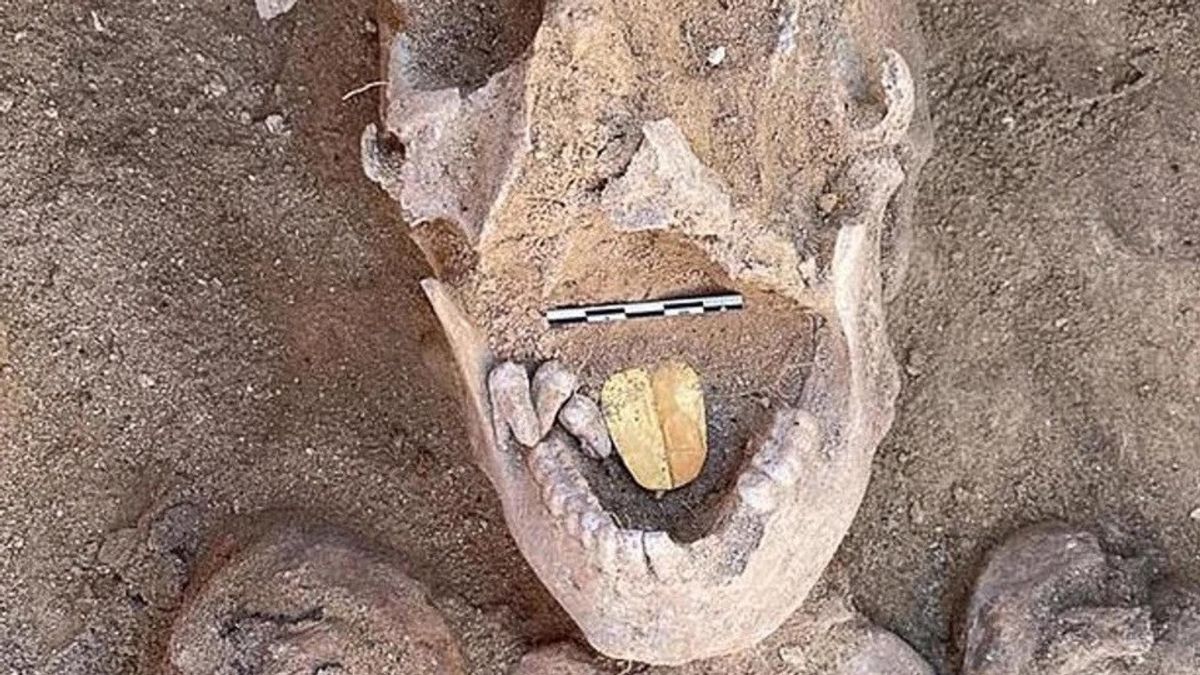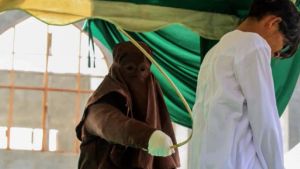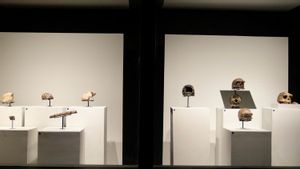JAKARTA - The research team from the University of Santo Domingo, Dominica managed to make an interesting discovery during excavations at the ancient site of Taposiris Magna, Egypt. Archaeologists who have been doing research here for 10 years, managed to find a mummy with a golden tongue.
The mummy, which is known to be 2,000 years old, is one of 16 graves in a stone grave within the historic site. Launching The Sun, the ancient site of Taposiris Magna has been designated as a city in Ancient Egypt by Pharaoh Ptolemy II Philadelphus, between 280-270 BC.
The mummy with a gold tongue is the most well-preserved of all the mummies found, and the skeleton can still be made. While others are not very clear, some are even rotten. However, some are seen being buried with a horned crown that has a snake on the forehead, with jewelry, with statues to trinkets.
The discovery of a mummy with a gold tongue caught the attention of a research team led by Kathleen Martinez. Experts attribute this discovery to rulers' belief that jewelry allows the dead to speak in the afterlife.

Experts believe that a golden tongue was given to an ancient Egyptian man after death in an attempt to help him talk to Osiris, the Egyptian God of Death. The original tongue was most likely removed during the embalming process.
The ancient Egyptians believed that Osiris controlled the underworld and judged the spirit souls that entered it. That is why they thought having the ability to talk to this god and ask for mercy would help people successfully enter the afterlife.
It is not a coincidence, if the burial area is also found the temple of Dewi Isis and Dewa Osiris, where Dewi Isis is the brother who is also the wife of Osiris.

Apart from the 16 ancient graves, the research team also managed to find a number of other ancient artifacts, such as the discovery of coins depicting the face and statue of Queen Cleopatra VII and a temple connected to King Ptolemy IV.
Archaeologists also managed to find a woman's funeral mask, 8 gold flakes from gold garlands and 8 marble masks that are thought to date from the Greek and Roman eras.
The English, Chinese, Japanese, Arabic, and French versions are automatically generated by the AI. So there may still be inaccuracies in translating, please always see Indonesian as our main language. (system supported by DigitalSiber.id)













